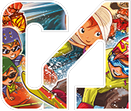Military Vehicles
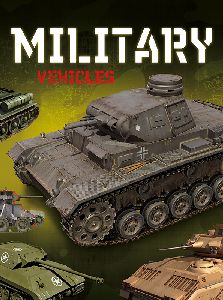
In the middle of September 1916 the German soldiers hardened by the trench warfare of World War I heard a strange noise from their positions near the French village of Flers-Courcelette. After the usual artillery bombardment, instead of an infantry attack the squeaking of tracks and the roar of engines announced the arrival of almost 50 lurching, armoured monsters on the horizon. The soldiers fired with their machine guns at the mechanised armour they had never seen before to no avail: the vehicles trundled on unharmed over the barbed wire entanglements, which were thought to be impenetrable. At the time the first tank attack in history was made, no one could have imagined that just 23 years later the modern tanks of the German army would conquer almost the whole of Europe or that in the winter of 1991 the armoured coalition forces sweeping aside Saddam Hussein's feared army in the Iraqi desert could be watched almost live on television. How did the lurching metal box become a military vehicle powered by gas turbine able to race at 45 miles per hour and fire accurately even at night? How has the use of tanks changed? What could the tank crews who fought in the largest tank battle in history have seen and felt? This book answers these and many other fascinating questions. Detailed, computer-aided 3D illustrations, colourful diagrams and easy-to-understand explanations in language suitable for people just becoming familiar with military technology offer an informative guide to the world of military vehicles not only for newcomers to the subject but also for more knowledgeable readers.
240 x 325mm
64 pages
2013
mechanics
technology
history

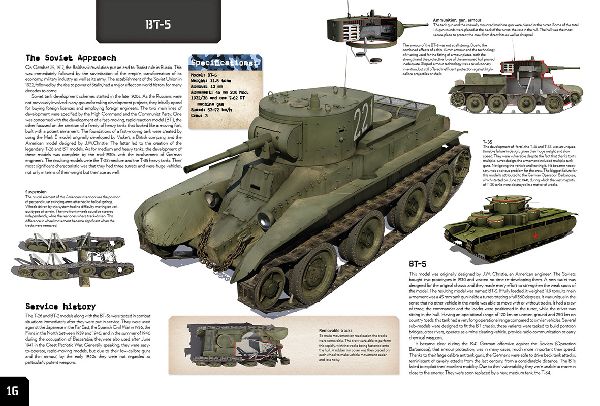

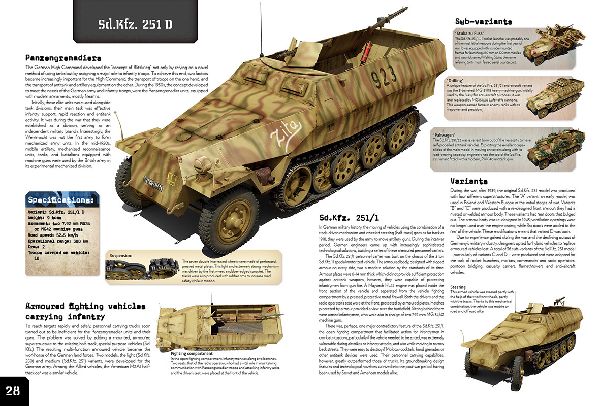
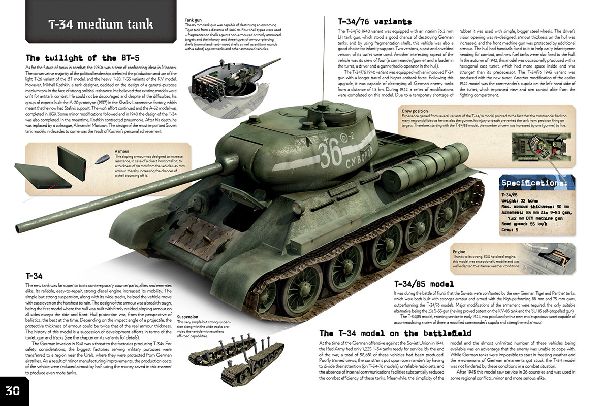

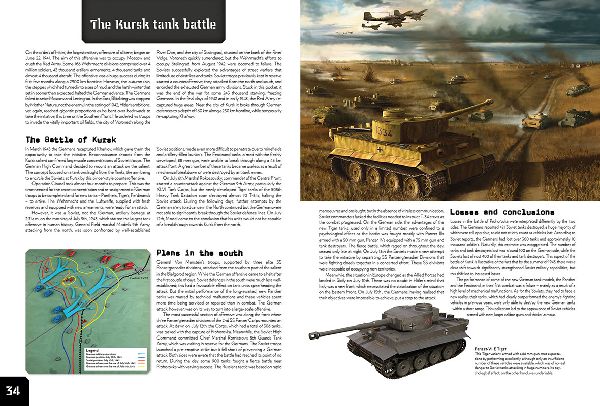
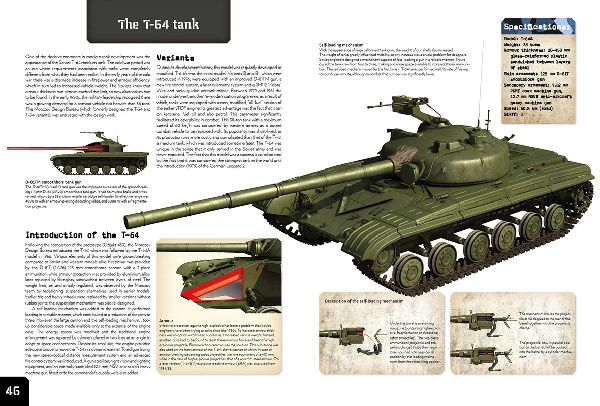
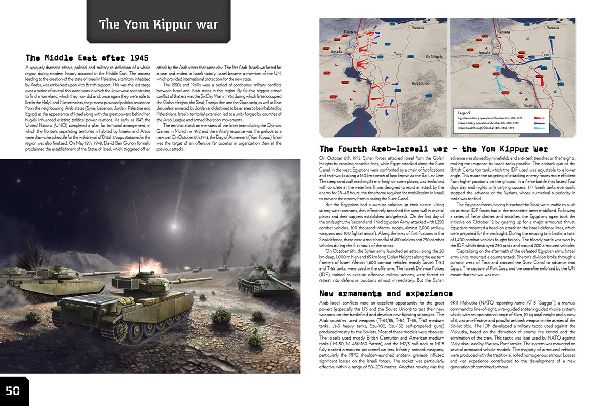
Rights sold for
China, Ukraine
Copyright © 2025. All rights reserved.
